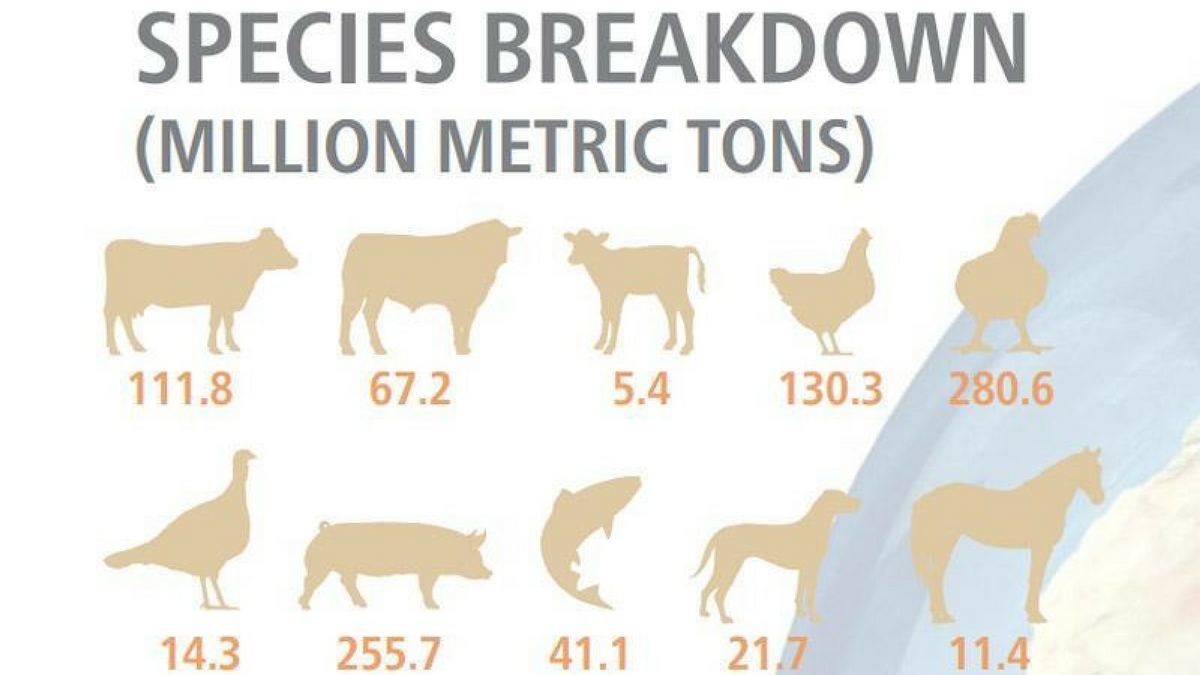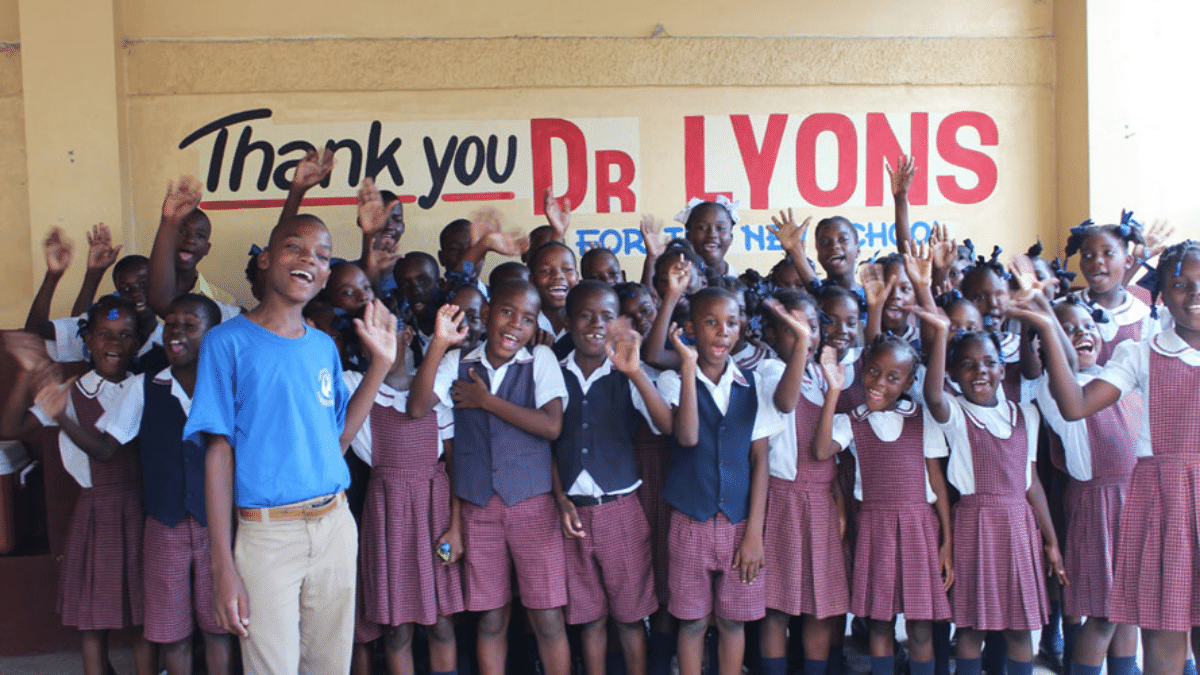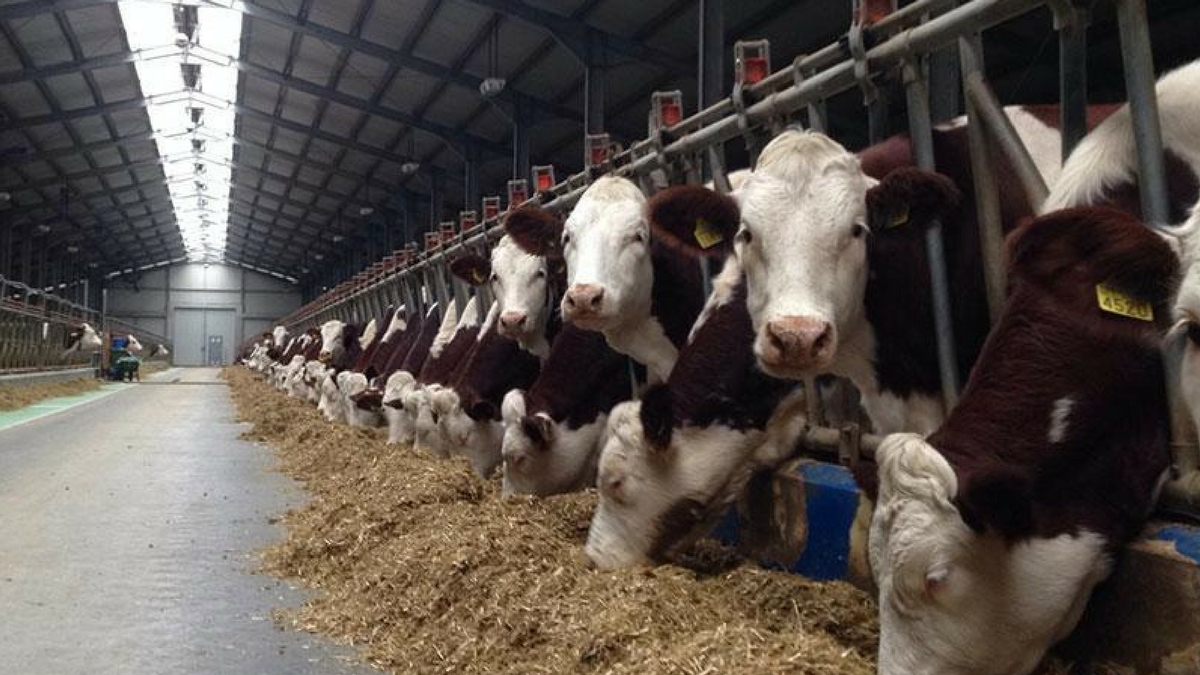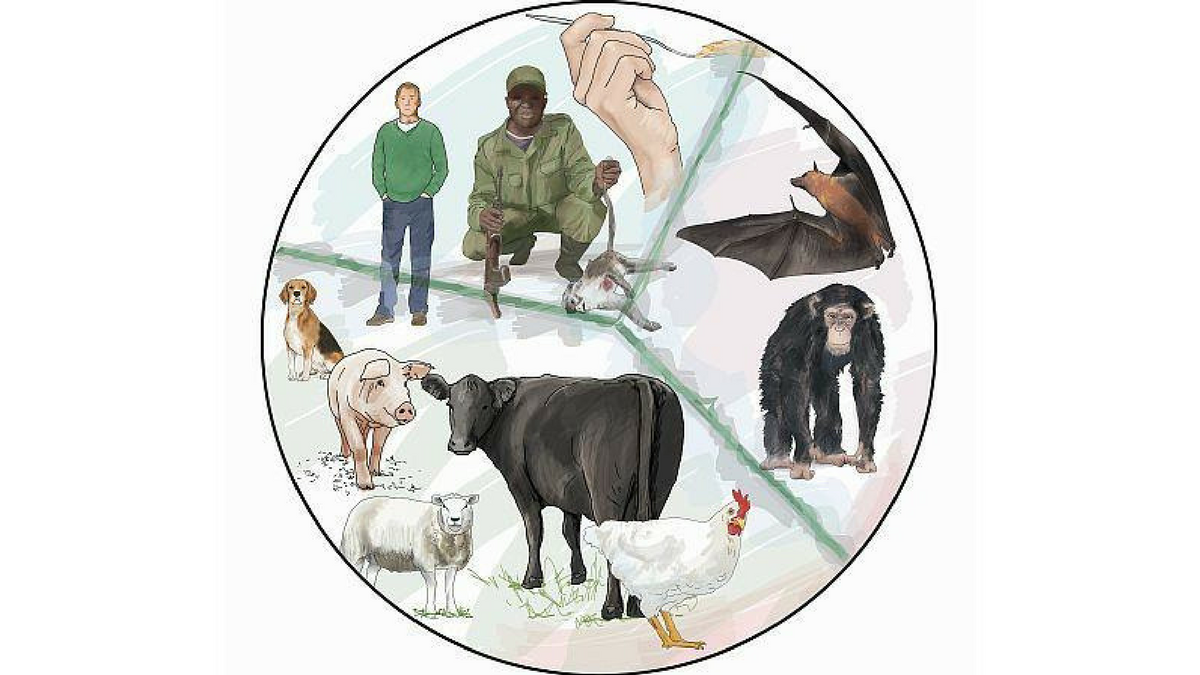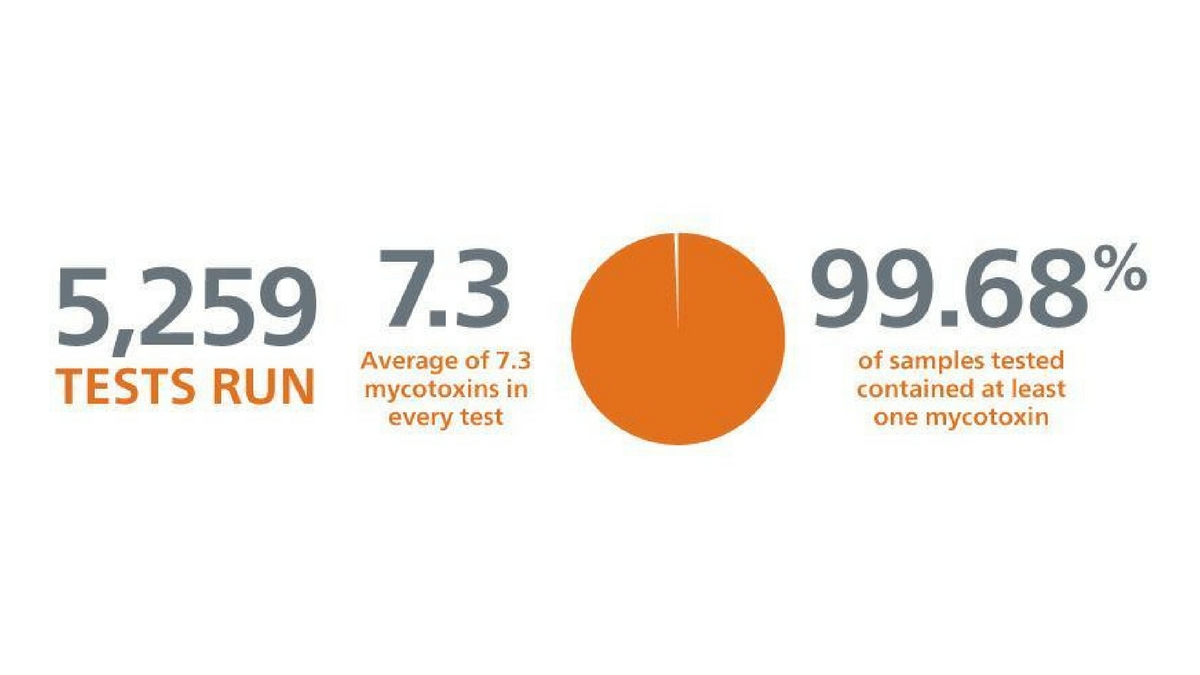When most humanitarians poured into Haiti after the 7.0 magnitude earthquake in January 2010, what they saw was the rubble. Entrepreneur Dr. Pearse Lyons, however, saw the solution. Now, five years later, his vision is a reality.
While most aid providers focused on the obvious – the devastation in and around the capital city of Port-au-Prince, which was closest to the epicenter of the quake – Dr. Lyons’ eyes were drawn to the outlying regions of rural northern Haiti. Things looked pretty much the same there as they had before the quake, but in that obscurity lay the answer.
Acre upon acre of verdant fields, long ago home to lush, lucrative coffee bean plants, sat fallow. The same was true of the area’s young minds, which, without educational opportunities, were idle and bored. From that sprang the epiphany: Natural resources – coffee and minds – were the long-term answer to Haiti’s plight and the most effective way to turns things around.
As this week marks the five-year anniversary of the quake, pundits and aid organizations have been weighing the success of rebuild-Haiti efforts. A report released last month Dec. 2014 by the World Bank and the National Observatory on Poverty and Social Exclusion (ONPES) indicated that the biggest gains in access to basic services for the poor have been in education, with school participation rates having risen 12 percent in the past two years.
"It is clear that the metropolitan area (Port-au-Prince) received more attention in recent years, but we also note that more and more actions are directed to the provinces,” said ONPES coordinator Shirley Augustine. “If these actions are sustained and integrated into a comprehensive policy to foster development of rural areas, we will undoubtedly have a lower poverty rate."
In the immediate aftermath of the quake, millions of dollars in direct aid provided food, shelter and clothing, which, while desperately needed, was essentially triage. The more complex conundrum lay ahead: If Haiti managed to survive, would its economy and its people ever be able to thrive?
Although that question is still on the table, signs are looking far better today than they were in the early years after the quake. Haiti ap vanse (“Haiti moves forward”) is spray painted on billboards beside municipal building projects that are still unfinished in Port-au-Prince and other urban areas. In northern outreaches like Ouanaminthe and Dondon, such fanfare is missing, but evidence of real progress is unmistakable to those who are there.
Avelyne Saint Hilaire, a school teacher who also trains other teachers (and whose salary is paid by Alltech, as it has been for the last five years), has witnessed the positive impact of the company’s efforts in northeastern Haiti. “You can see it every day on the faces of the children,” she said. “I think we set an example to be followed by other NGOs in the country because the way Alltech does it is by educating the little ones. Change must start from the roots.”
After seeing firsthand in January 2010 that attention was already being focused on the capital city, Dr. Lyons turned his sights to the outlying regions. His global agribusiness company put boots on the ground in northern Haiti in the first weeks after the quake and has vowed to remain there for the long haul. The Kentucky-based company founded by Lyons, who has made dozens of visits to Haiti since the quake, promptly identified and implemented a strategy to resurrect Haiti and propel it on a fast track into the future: Help farmers grow coffee, and help educators grow minds.
By all accounts, the two-pronged approach has been working. Today the Alltech Sustainable Haiti Project includes complete financial responsibility, along with renovations and educational support, for two grade schools in northern Haiti. It has also generated the resurrection of a Haitian gem – the country’s 100% shade-grown Fair Trade Arabica coffee, which Alltech markets and sells as Alltech Café Citadelle. Haitian farmers benefit directly because Alltech buys the green coffee beans from them and imports the beans to the United States for manufacturing, packaging and sale through retail outlets. Alltech puts all profits from the sale of the coffee back into its ACE Foundation - Sustainable Haiti Project fund. The ACE Foundation is classified as a 501(c)(3) nonprofit organization.
Linda Stephenson, who has managed the Alltech coffee project for the past three years, said additional contributions to Haiti are generated by coffee sales through local fundraisers in Kentucky. Currently, she said, there are more than a dozen ongoing fundraiser projects, with others in the planning stages.
“Haiti was once a leading coffee producer, and we believe it’s possible for the country to recapture its former prominence in the coffee marketplace,” she said. Fondly called “a cup of hope for Haiti,” Alltech Café Citadelle began with one product and became so popular that the line has now grown to include four varieties (regular ground, regular whole bean, espresso roast and French vanilla).
Hope, noted Mary Barton-Dock, World Bank special envoy in Haiti, is closely linked to economics. “Far from the capital, most families still have very limited access to basic services and often cannot afford to send their children to school,” she said. Despite significant progress since January 2010, she noted that approximately 200,000 children aged 6 to 14 are still out of school.
Saint Hilaire stated with pride that in last year’s standardized testing, one of the children in an Alltech-supported school got the top score in the entire northeastern region. The standout student, named Mednighson, was among the initial group of nearly 30 students at Haitian schools funded by Alltech. Saint Hilaire considers Mednighson “an example of positive change.” When the quake struck five years ago, he was grammar school age, but his family couldn’t afford to educate him. “It was sad,” said Saint Hilaire. “Here was a child who was intelligent enough to learn but did not have the opportunity.”
That changed when Alltech began funding schools in Ouanaminthe and Dondon, and Mednighson was not the only student who benefited. Now in high school, said Saint Hilaire,“This child is an achievement for the school, for the teachers. He sets an example for the other students, and we are following his progress step by step,” said Saint Hilaire. “We are all looking forward to the day when we see him go to college, graduate and become a professional, a dignified human being living in a society with rights. One day he may think, ‘Well, I needed something, and the best thing I could have, they gave it to me – education.’”















